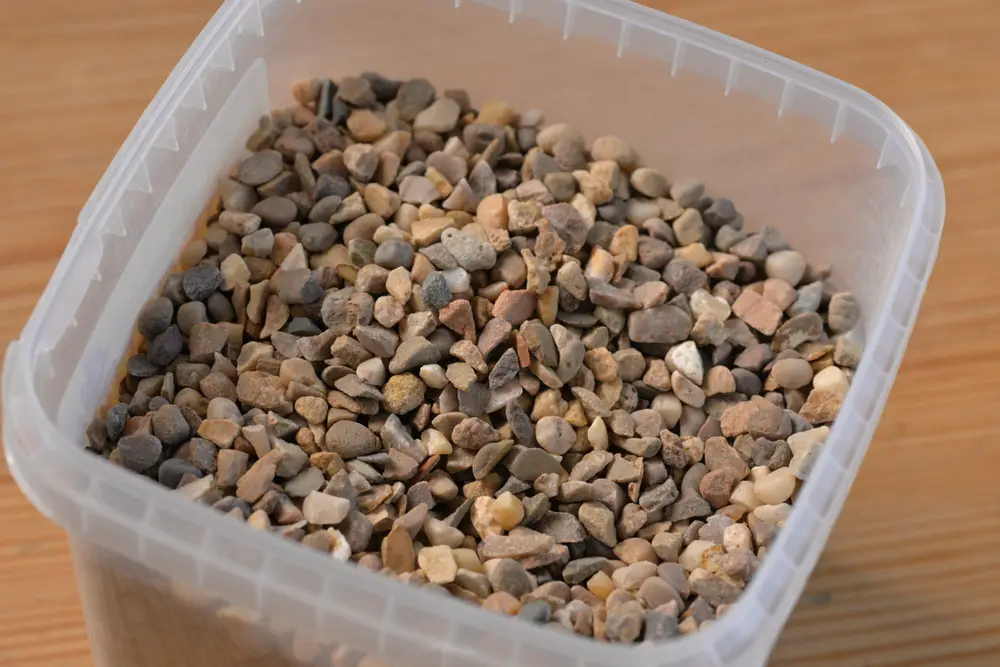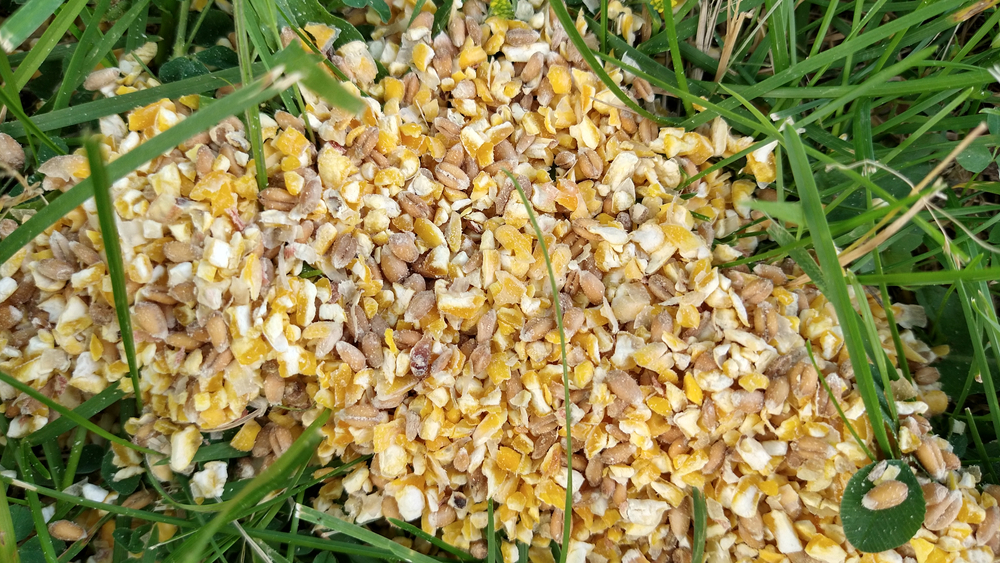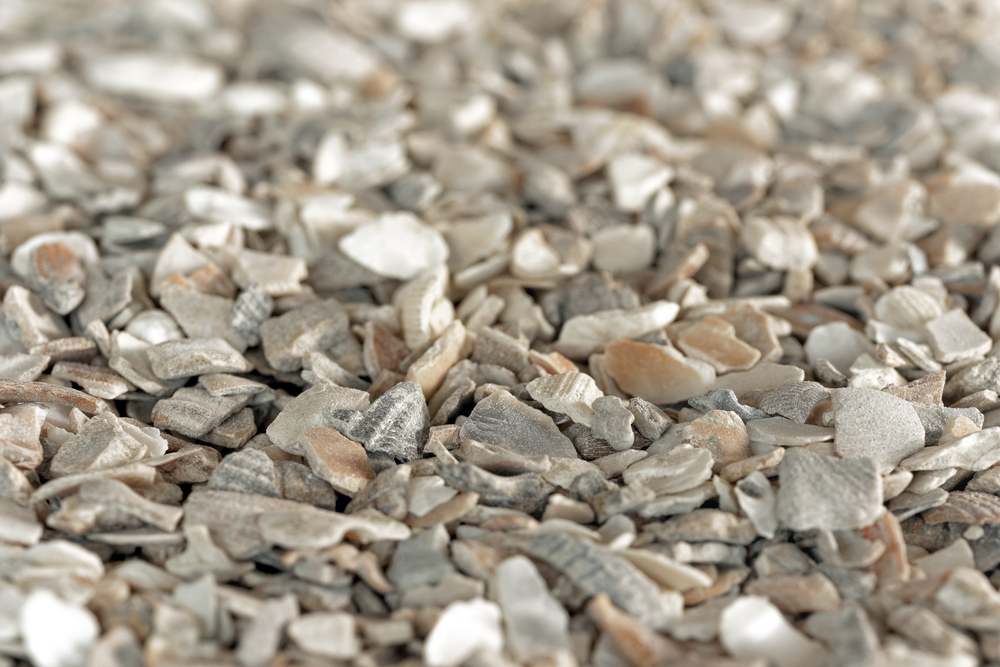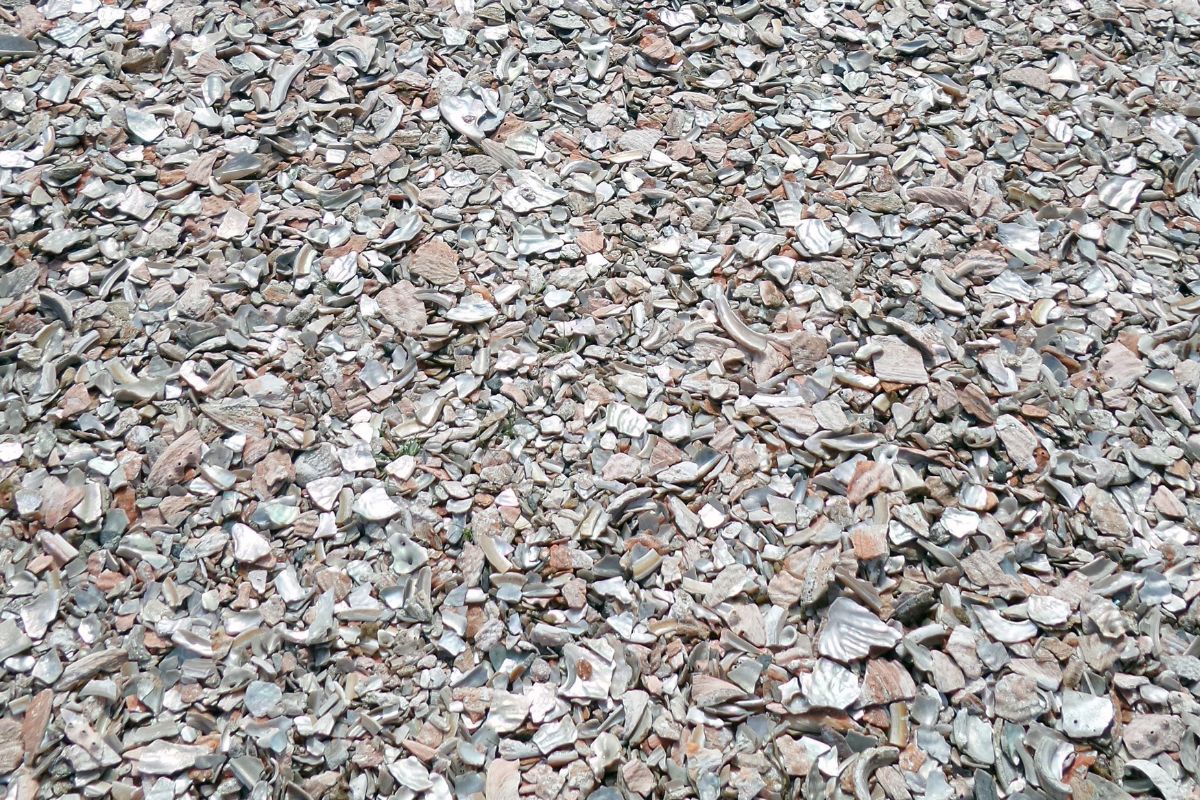Chicken grit or oyster shells are incredibly important for all chickens to have in their diet, and it's definitely something you need. It helps with their digestion and breaking down food as both chickens and roosters don't have teeth.
There is a common misconception from new chicken keepers that chicken grit and oyster shells are the same product but they are quite different. Both are things you can add separately to your backyard chicken’s existing diet.
Both chicken grit and oyster shells perform an important function for the health of your hens and roosters to prevent common diseases.
In this article, we will explore what each of these additives do in-depth and why it is so important to always provide them for your chickens.
Table of Contents
What is Grit and Why do Chickens Need It?
Grit is an additive that is in essence a finely ground hard substance. It can consist of different things such as types of granite chips, limestone, or any number of other tiny pieces of rock.
Two types of poultry grit exist that you can purchase for your chickens, Oystershell grit (a soluble grit) and Flint grit (insoluble grit). Both mimic the pebbles, sand, and other hard objects chickens swallow when they are free-range and peck the ground.

Chickens don’t have teeth, and as such have no way to chew the food they eat. Grit is something that stays in the gizzard of a chicken and helps break down a chicken’s food so it can pass through the digestive tract.
Without grit, the digestive system of chickens doesn’t work because food cannot be broken down. This is why grit is incredibly important for all chickens.
Luckily, grit is easy to find and incredibly cheap. It also lasts a long time because it stays within the chicken’s gizzard until it is broken down enough for a chicken to pass.
How do you Feed Chicken’s Grit?
Chickens who are free-range can often find grit on their own, but you should still supplement whatever they find naturally because you can’t ensure that they will find enough. Different soil types yield differing amounts of grit and because grit is vital, it should always be a free choice for chickens to eat as much as is necessary.

Chickens confined in chicken coops or chicken runs will need to have a feeder of grit always available in addition to their crumbles or layer pellets. It is vital to ensure they have everything they need nutritionally and high-quality poultry feed with the appropriate supplements will help you achieve optimal health for your brood.
The type of grit that you add to your chicken feed will depend upon the age and sex of your chickens. The two types are inert grit and mineral grit.
Which Type of Grit do Laying Hens Need?
Laying hens or chickens who are approaching the point of lay will require mineral grit to aid them with egg production. Mineral grit is also called chick grit or calcium grit because it provides the calcium and minerals that hens need to produce sufficient shells on the eggs that they lay.

Mineral grit releases important minerals over time including calcium carbonate which is vital for egg-producing chickens. Oyster shell is a type of soluble grit, but one that stays in the digestive tract for longer than other soluble types, releasing more calcium than other types while also aiding in digestion.
Some people like to also feed small pieces of dried eggshells back to their hens as a calcium supplement, but it usually is not enough on its own without the addition of a mineral grit.
Which Type of Grit do Roosters and Young Chickens Need?
If you are raising chickens and have a mixed flock of young chicks and/roosters with your laying hens you will need to provide inert grit for them in a separate container. This is because extra calcium causes stress on the kidneys of birds that don’t require it, and can even cause developmental bone issues in young chicks.
Also, once your laying hen is not laying much anymore, she should also be fed inert grit rather than mineral grit to prevent overdose as she is not producing eggs and doesn’t need the extra calcium.
Baby chicks are a special case in regards to grit. They should not be fed grit until they are eating well on their own (roughly 8 weeks of age) as they may fill up on too much grit and not get enough chick starter to help their growth.
Essentially, all poultry should be provided grit, with different types being offered depending on the needs of the chicken. The importance of providing the right grit cannot be underestimated if you want the best for your flock.

